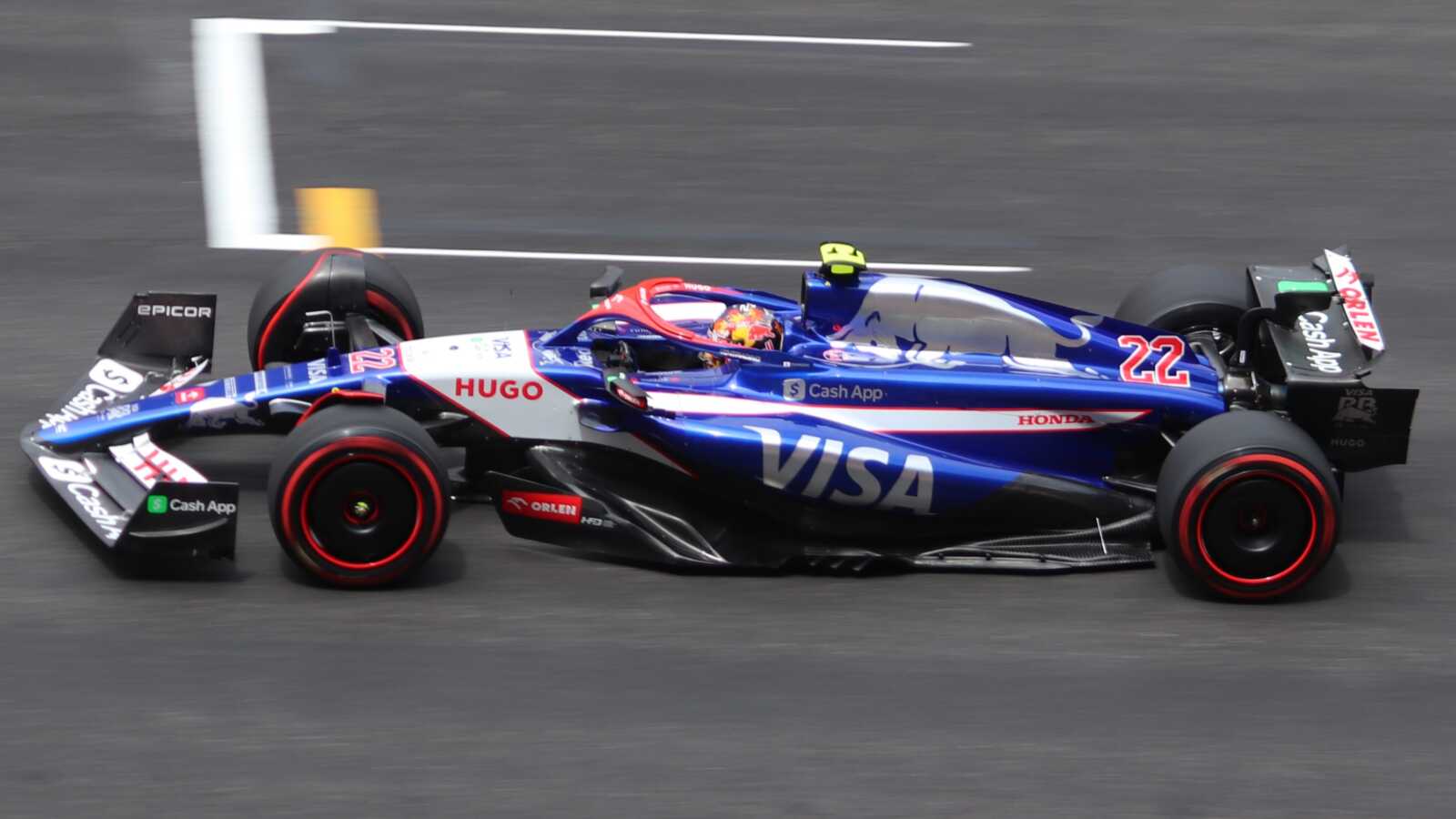Less is best, the golden rule about the weight and height in any motorsport, especially in Formula 1. However, does it mean that the less the F1 driver weights – the faster he goes? Do the short-height drivers have the speed advantage in Formula 1? I want to share my two cents on the matter. F1 drivers’ height and weight are fascinating aspects that obey the sporting rules. Moreover, these make the matter but in a different way than we are used to thinking about it.
The Height And Weight Of The Drivers In Formula 1
Currently, what do we know about these two values in the sport? The average height of F1 drivers in the 2024 season is 1.72 m, while the weight is 66 kg.
So, let’s focus on RB driver Yuki Tsunoda and Haas F1 racer Nico Hulkenberg. Tsunoda is the shortest and lightest driver – 1.59m and 54kg, while Hulkenberg is a tall and heavy racer – 1.84m and 78kg.
Do their physical shapes affect their performance?

Do The F1 Driver’s Weight Matter In Formula 1?
The weight in Formula 1 is primarily related to the car. It has a minimal limit of 798 kg, consisting of the vehicle, driver, equipment (helmet, gloves, suit), and fuel.
Moreover, the strict borderline must be kept even if the car’s tanks are empty at the final lap or the drivers lose 3 kg after the race. If the weight is under – the driver is disqualified. Therefore, all the drivers are weighed before and after the race.
However, the most common belief is that high-weight drivers struggle. It is a myth. You will not find any of current or former F1 driver which weight is over the limits. It is because of the G-forces and race loads that F1 drivers experience.
These require that the racer be fit. You cannot find a driver who weighs over 80 kg. Otherwise, it would not be possible for them to drive a car and be competitive. That is an occupational hazard.
Any proofs?
So, Nico Hulkenberg is the heaviest driver on the grid, but his 78kg doesn’t affect his performance because it’s his comfortable weight. Comparing Hulkenberg’s performance with the teammate for Haas, Kevin Magnussen – 1.74m, 68kg, Nico has had better results overall.
Furthermore, the Formula 1 can be set up so that the extra kilograms don’t affect the cars’ average speed and acceleration.
The only thing where the weight of the F1 driver can be crucial is personal well-being, which can partly affect the overall performance.
Thus, in heat conditions like in Saudi Arabia or Bahrain, the extra weight makes the drivers tired soon.

However, it plays the same with ordinary people.
The opposite is also true. Being underweight has a negative effect because every driver has to be strong first.
So, Yuki Tsunoda is comfortable with 54 kg. His better performance than teammate Daniel Ricciardo (1.79m, 66kg) is the result of his racing skills.
Overall, each F1 driver has different frames of the weight they maintain. They keep the exercises and workout plan daily, carrying on the specific diet to stay in these frames.

How Important Is The Height Of F1 Drivers?
The average height of F1 drivers is 1.75m. Mercedes drivers George Russell (1.85m), Esteban Ocon (1.86m), and Alex Albon (1.86m) are the tallest drivers on the grid.
So how does it affect them?
All the cars in Formula 1 are nearly the same size. Despite the cockpit being designed according to the racer’s fit, the tallest drivers may feel cramped in the car, which reduces performance.
Any proofs?
For example, George Russell felt more pain than Lewis Hamilton when the Mercedes car was porpoising in the 2022 season.
Conversely, the lack of height is also about struggling. So in 2021, RB (AlphaTauri) was forced to redesign their car for Yuki Tsunoda, as he couldn’t reach the pedals.
So yes, the standard height of the F1 driver makes it easier for the team’s engineers to work with the car, but overall, there are no aerodynamic advantages.

The Balance Between F1 Drivers Height And Weight
So, the right balance between weight and height is the only thing that matters. Simply put, there are no under/overweight or under/oversized terms.
However, the balance determines the overall physical shape and the endurance potential of the Formula 1 racer.
In other words, the driver must be strong and able to withstand the stresses and strains, including the impact of G-forces.
The balance between weight and height depends entirely on the personal characteristics of each one.
Is there a correct formula to estimate this balance? I think there is.
What Is The Ideal Weight And Height For A Formula 1 Driver?
Thus, it can be estimated by Paul Broca’s formula, where the ideal weight is the height minus the specific coefficient.
Regarding Broca’s formula, these drivers have the best racing fits:
- Fernando Alonso – 1.71m, 68kg
- Lewis Hamilton – 1.74m, 73kg
- Charles Leclerc – 1.80m, 69kg
- Lando Norris – 1.70m, 68kg
- Oscar Piastri – 1.78m, 68kg
- Max Verstappen – 1.81m, 72kg
Concluding
The weight of the F1 driver should not exceed 80 kg, while the height cannot be higher than 1.90m. However, these don’t mean anything other than just numbers.
The most important thing is the balance between weight and height. Thus, the racers in Formula 1 must be strong and durable to withstand all the loads they experience. So, their personal feelings are more important than the numbers.
Also, the advantage or disadvantage of these two values is what the myth is. In Formula 1, there is only one limit – the minimum total weight of the car.
So, the racers should be comfortable with their shape, while the car is what the engineers and manufacturers set, create, or even change.
However, the ideal still exists. Often, weight and height are two values that obey Paul Broca’s formula. However, this is helpful not only for F1 drivers but for most people.
References
- GPblog.com ‘AlphaTauri had to modify 2021 car so Tsunoda could reach pedals.‘ https://www.gpblog.com/en/news/81969/alphatauri-had-to-modify-2021-car-so-tsunoda-could-reach-pedals.html (April 16, 2024)
- Planet Sport Limited 2024, by Henry Valantine ‘F1 drivers’ height and weight: A full rundown of the 2024 grid‘ https://www.planetf1.com/news/f1-drivers-height-weight (January 1, 2024)



Leave a Reply